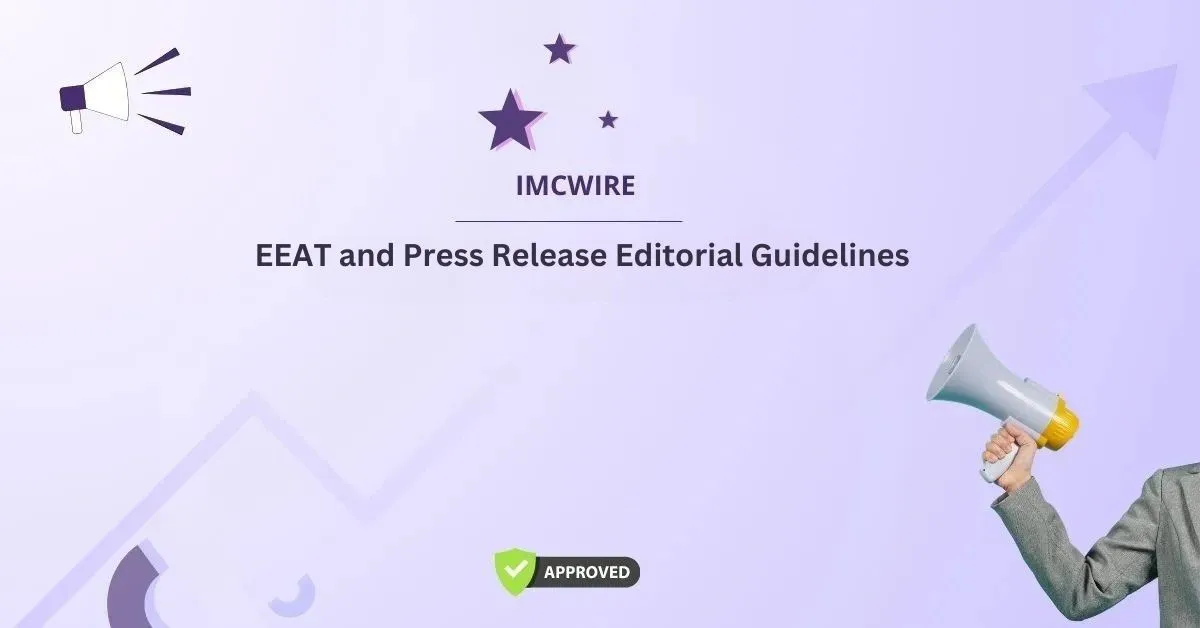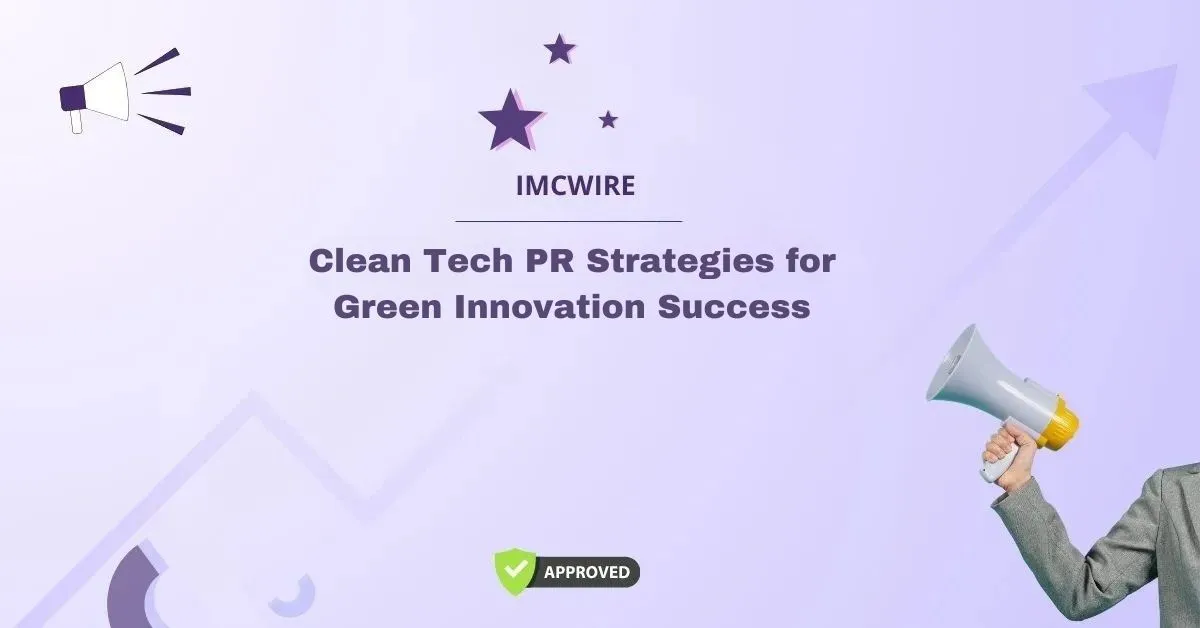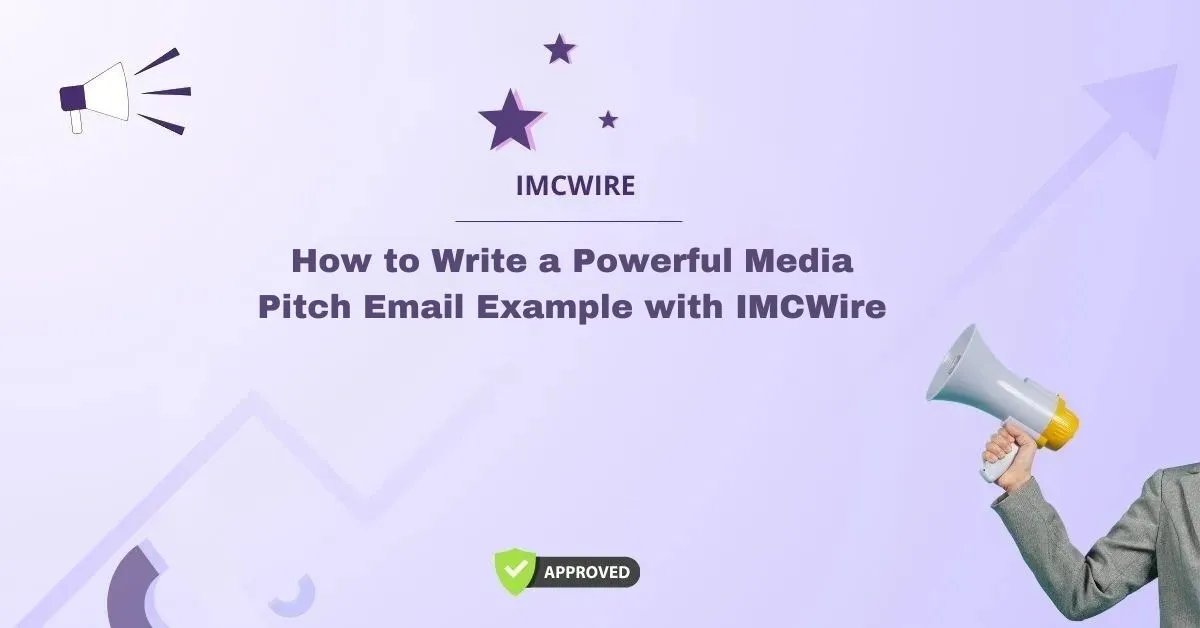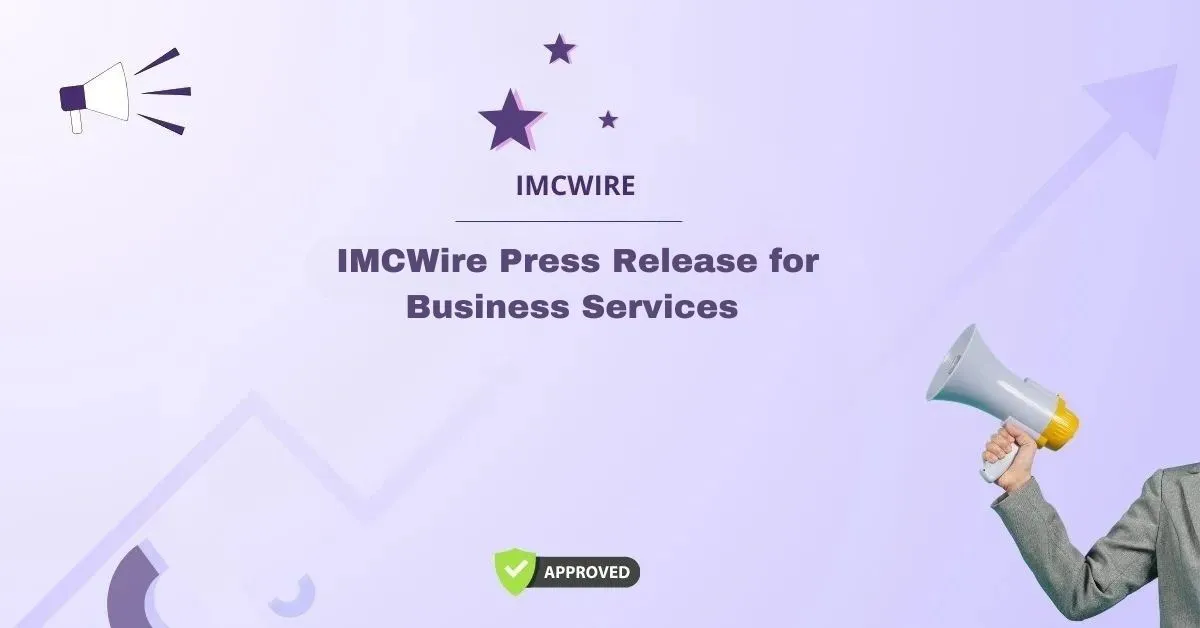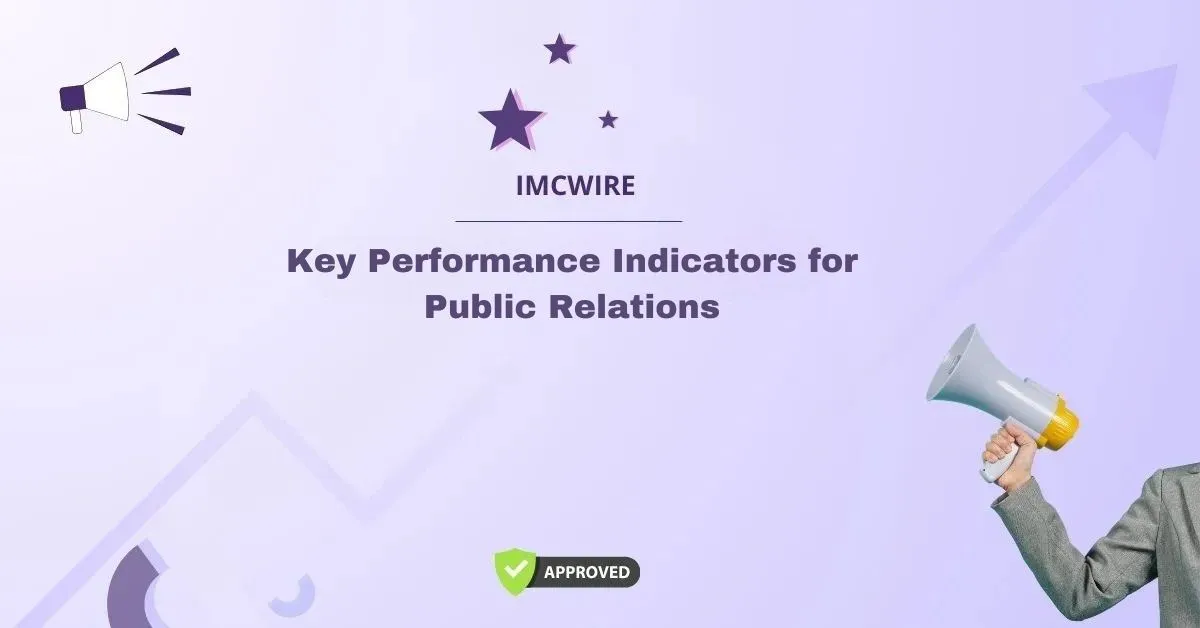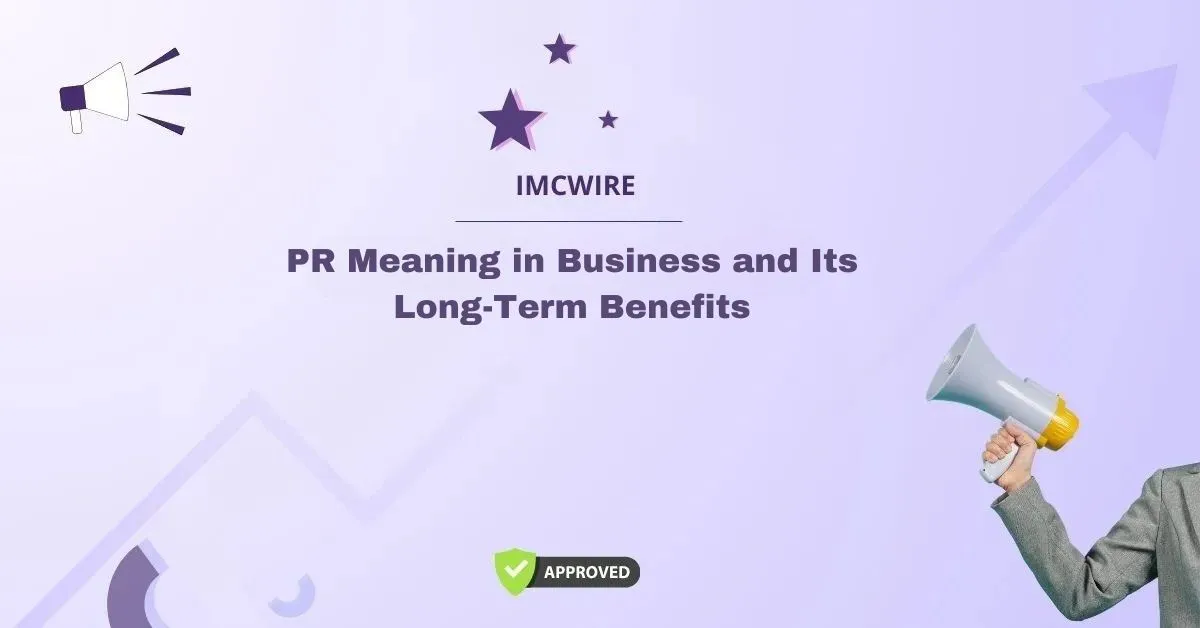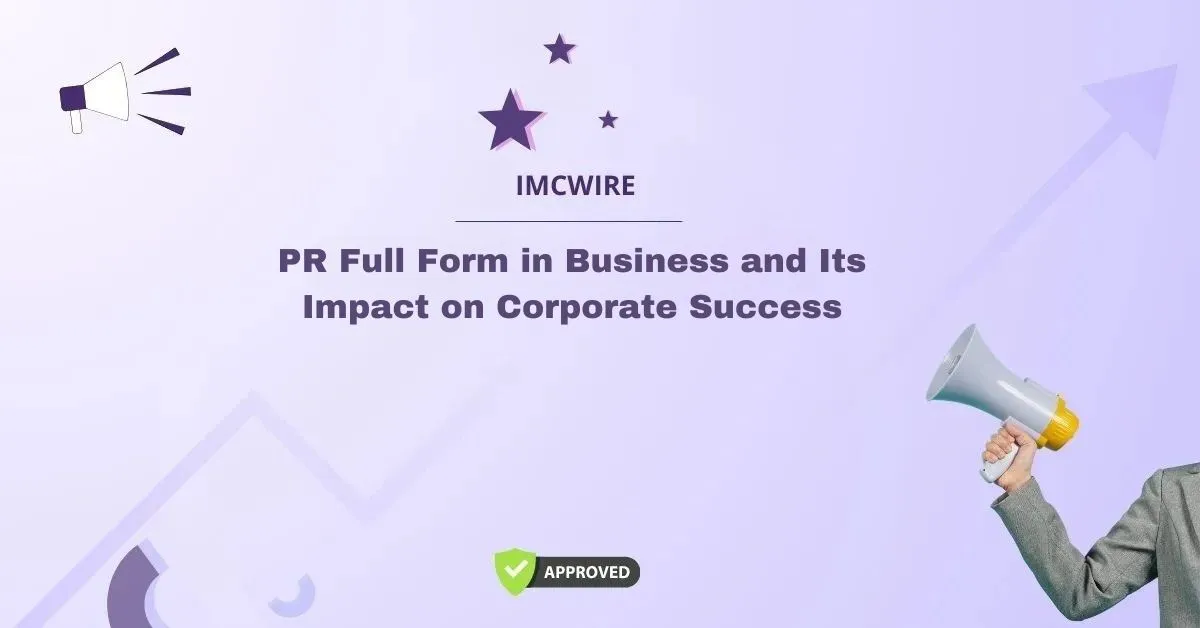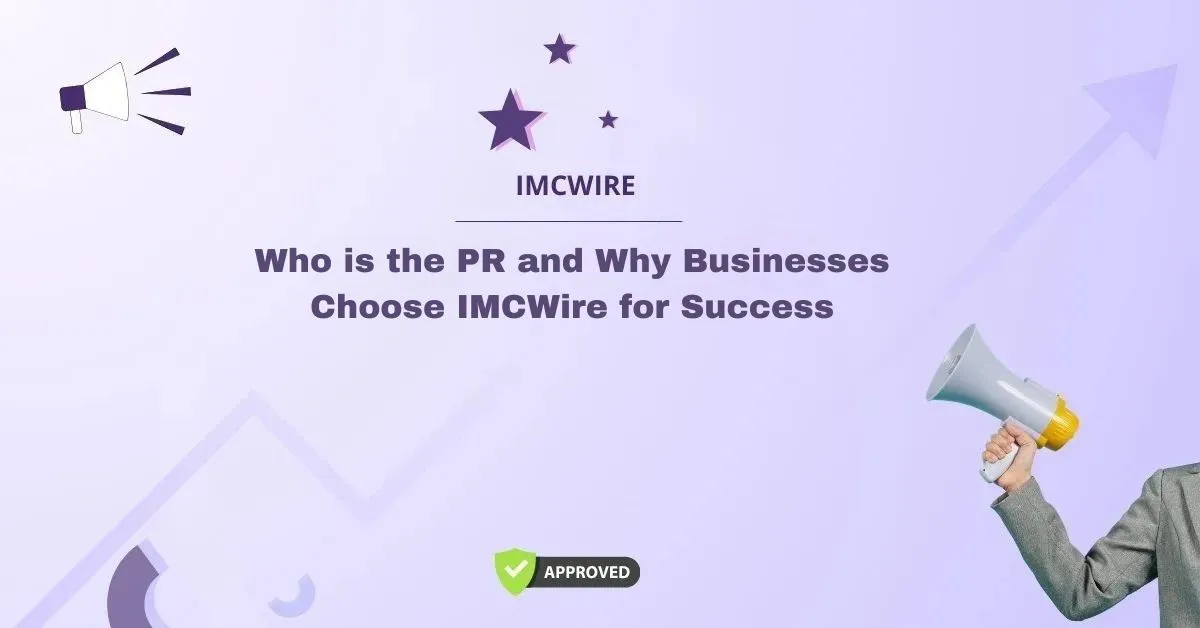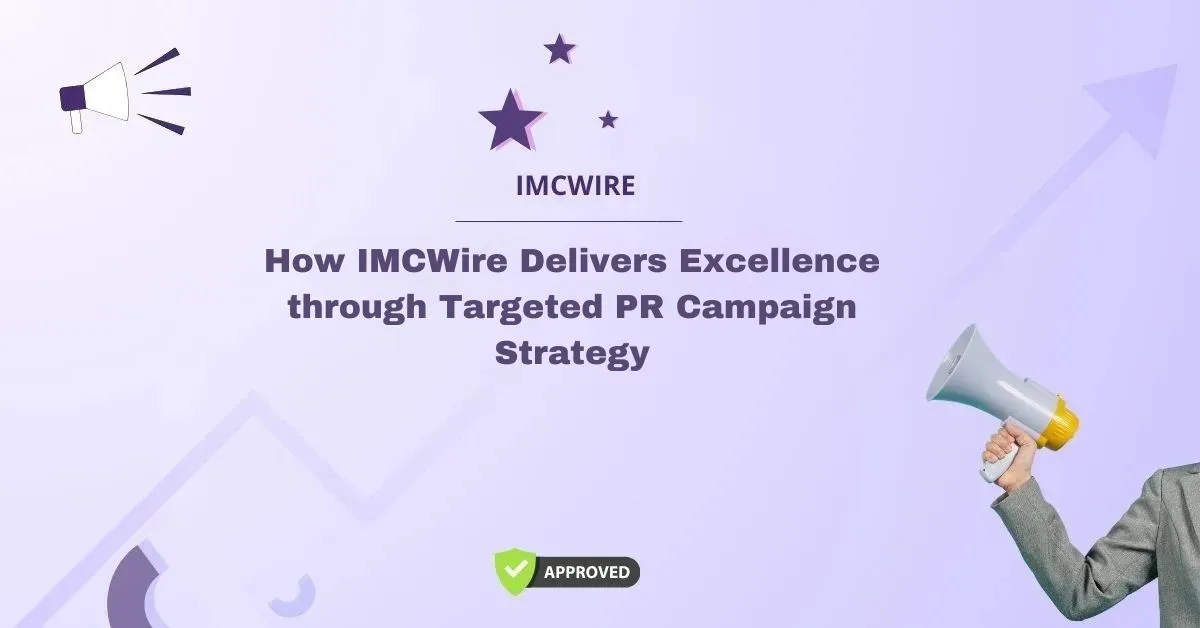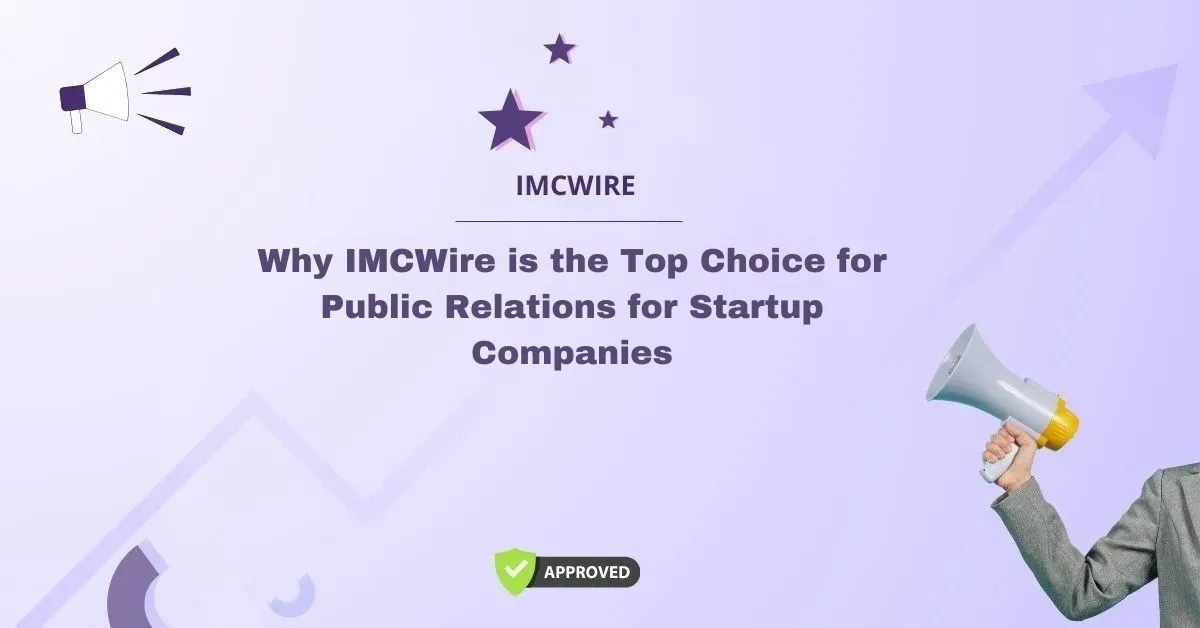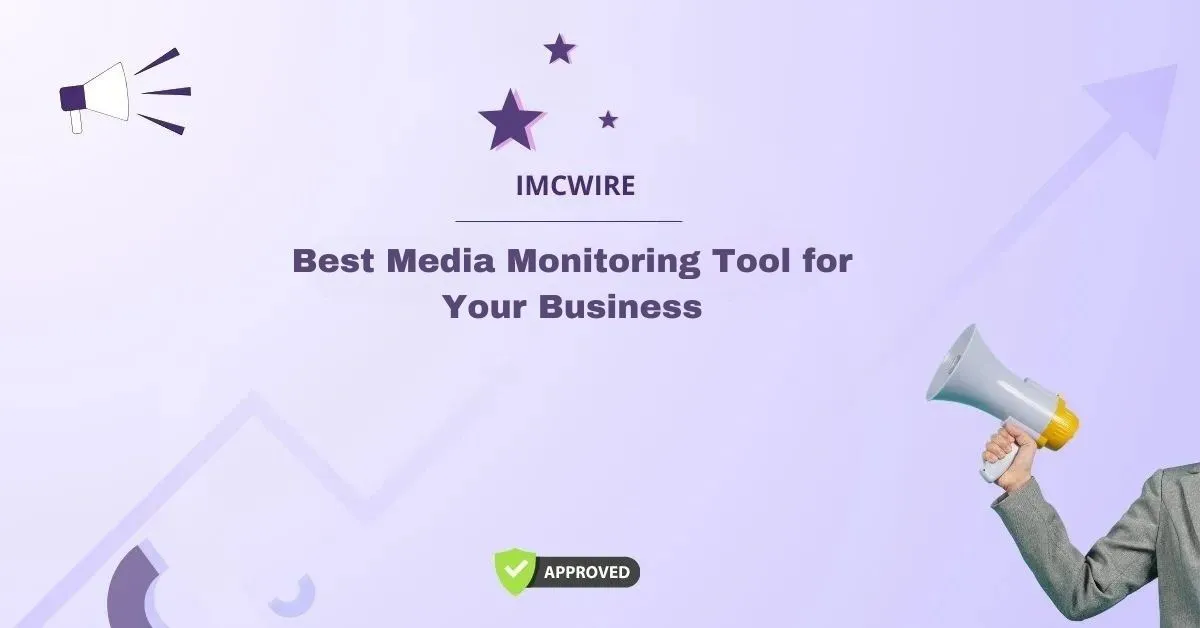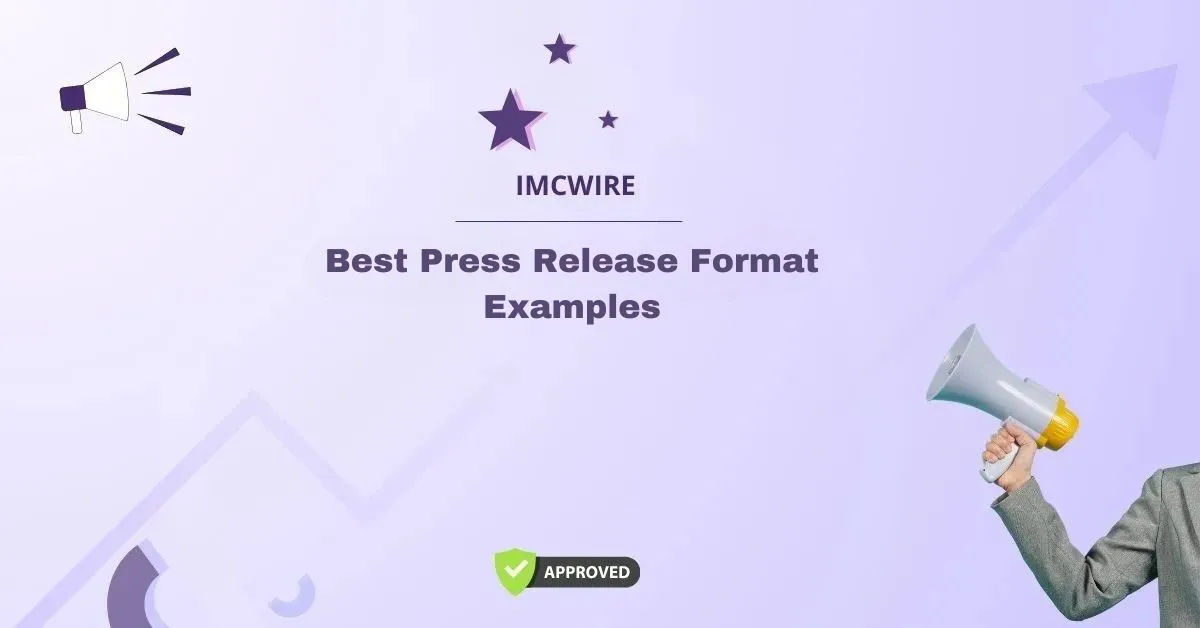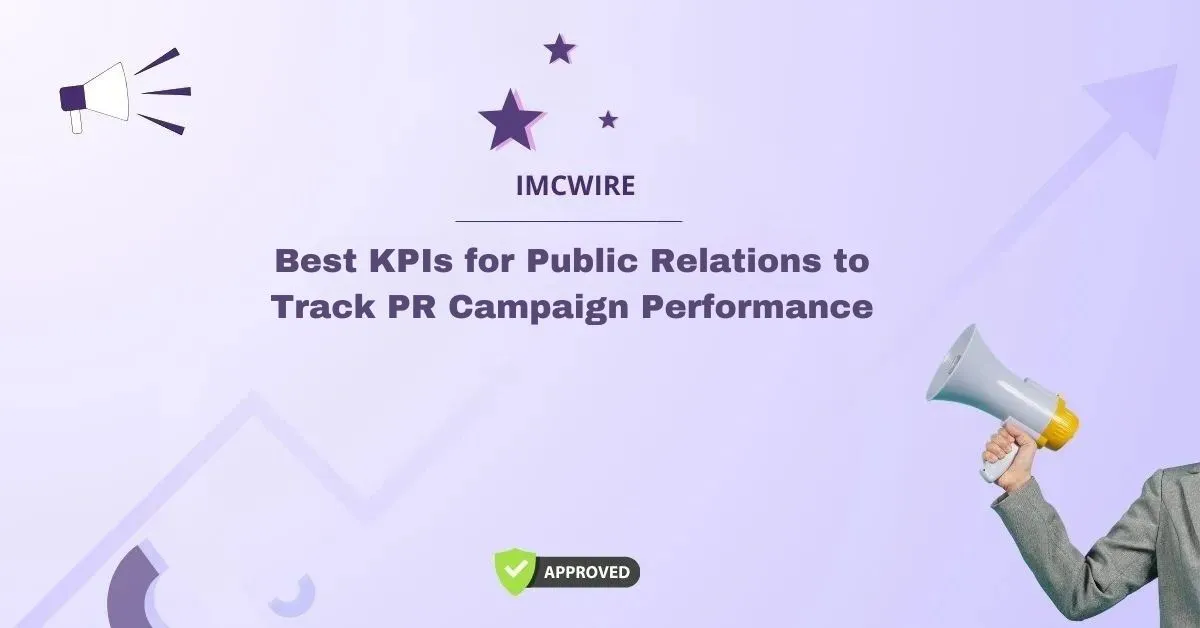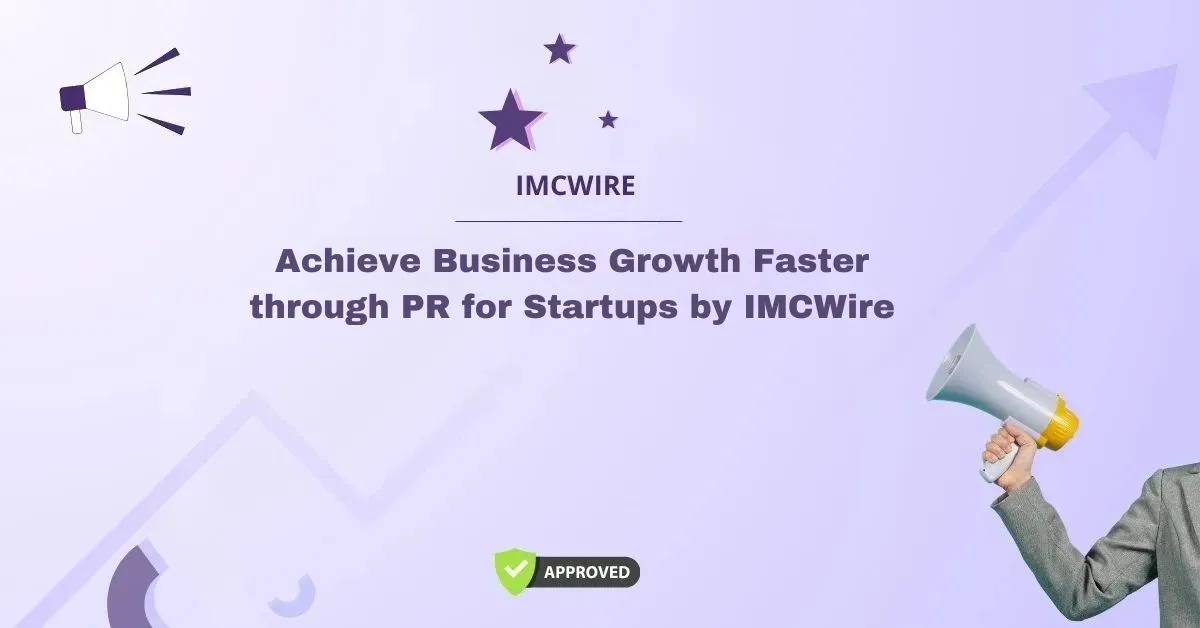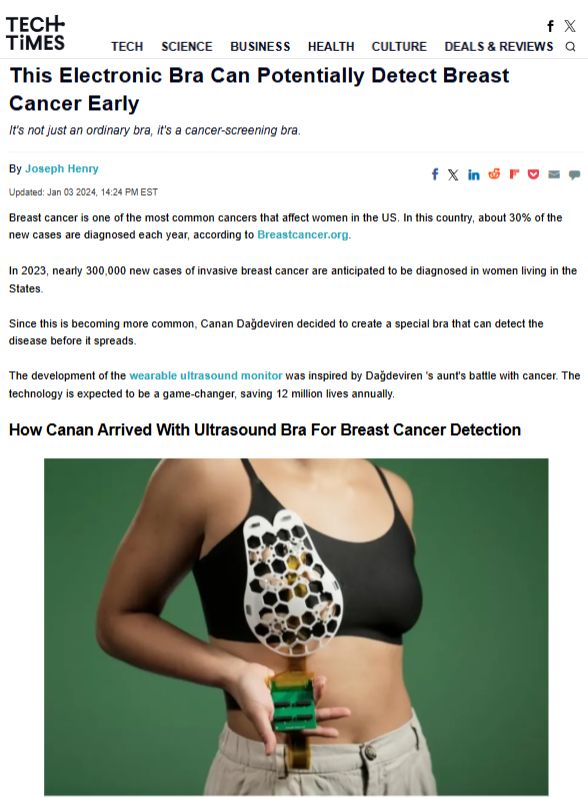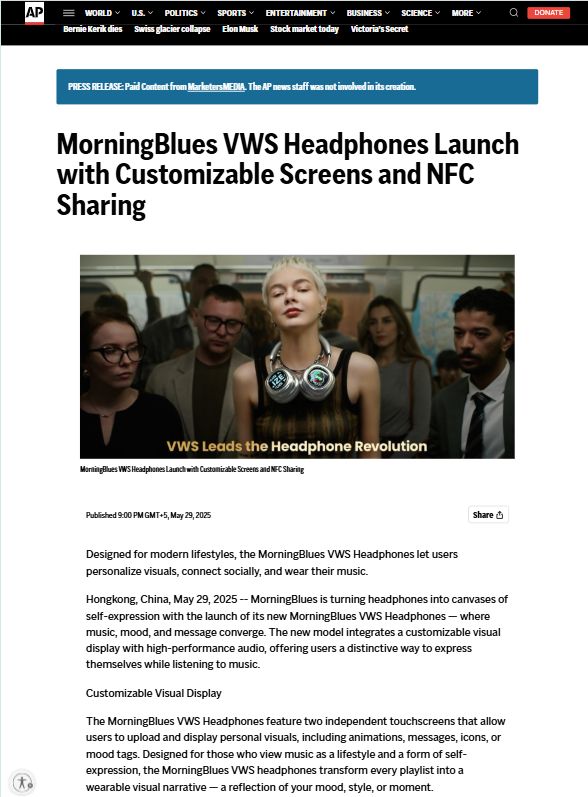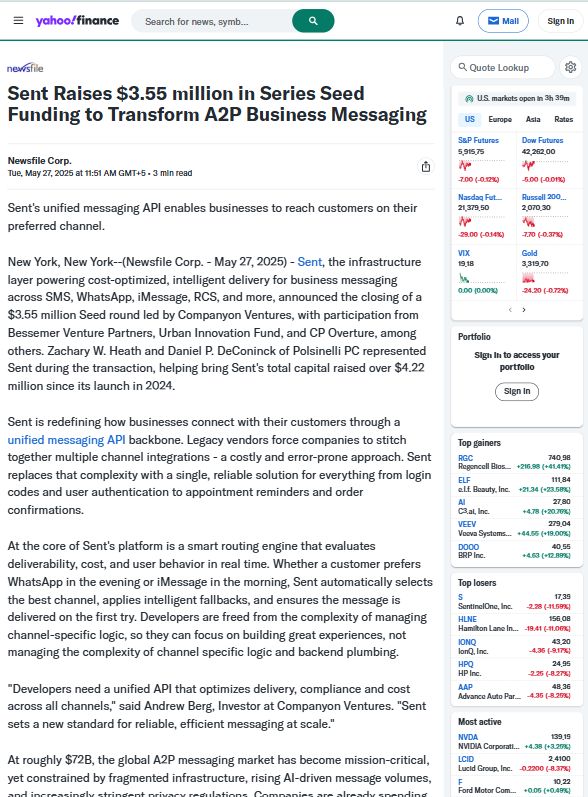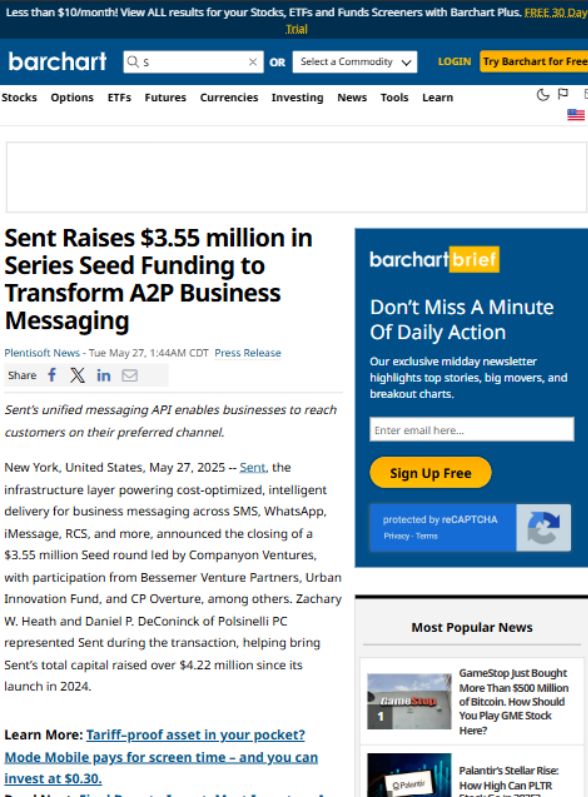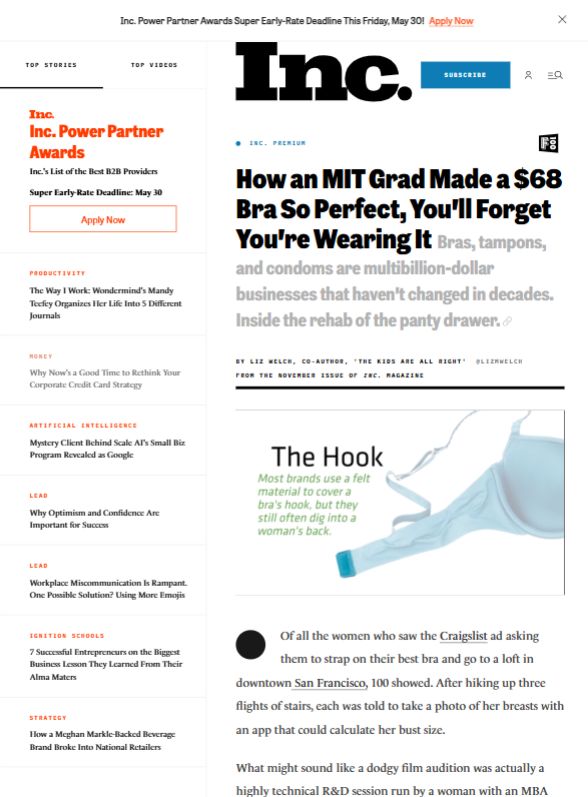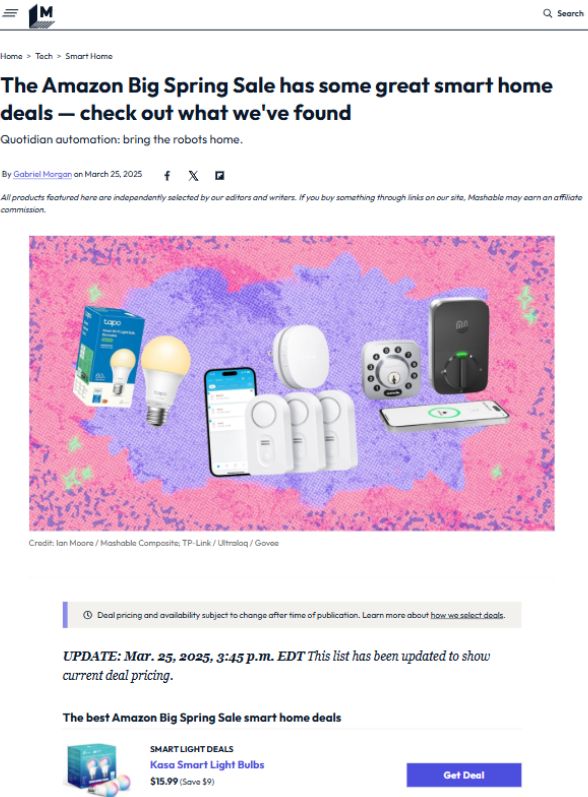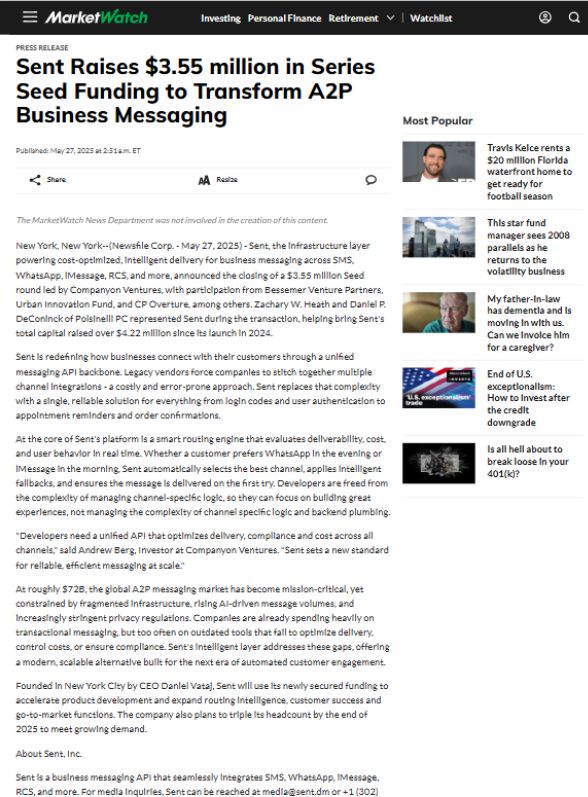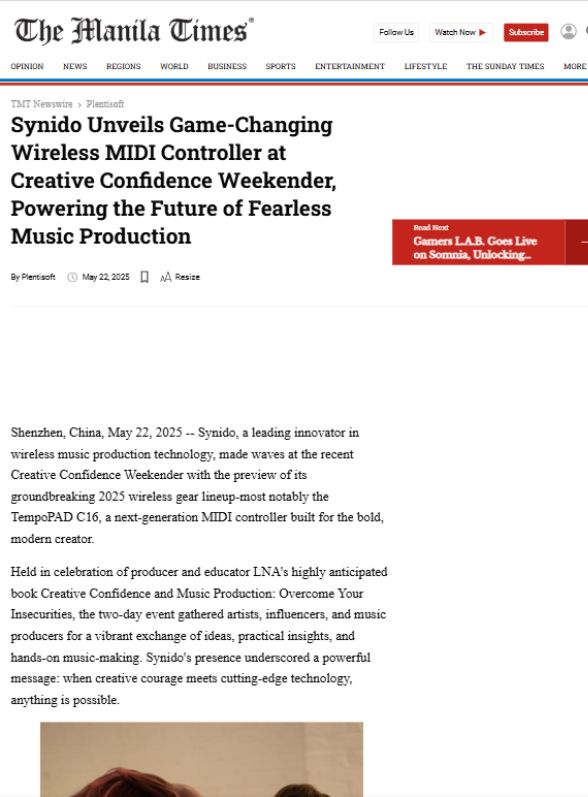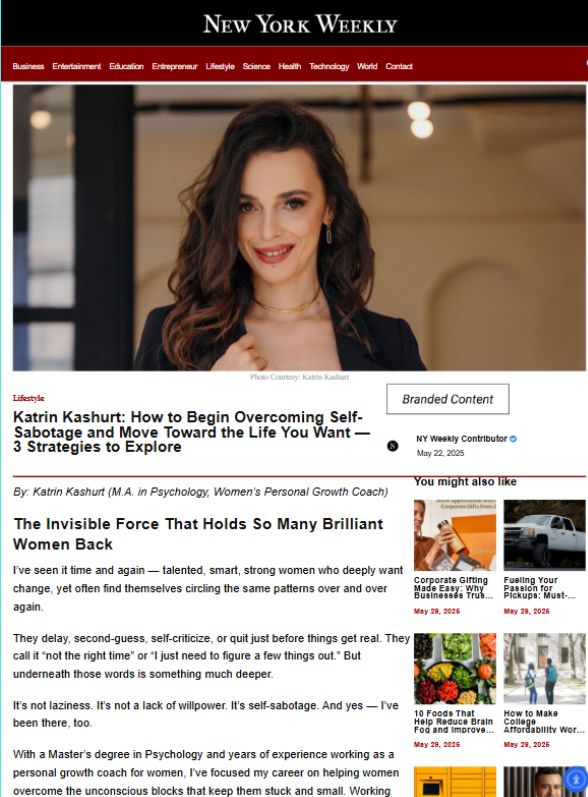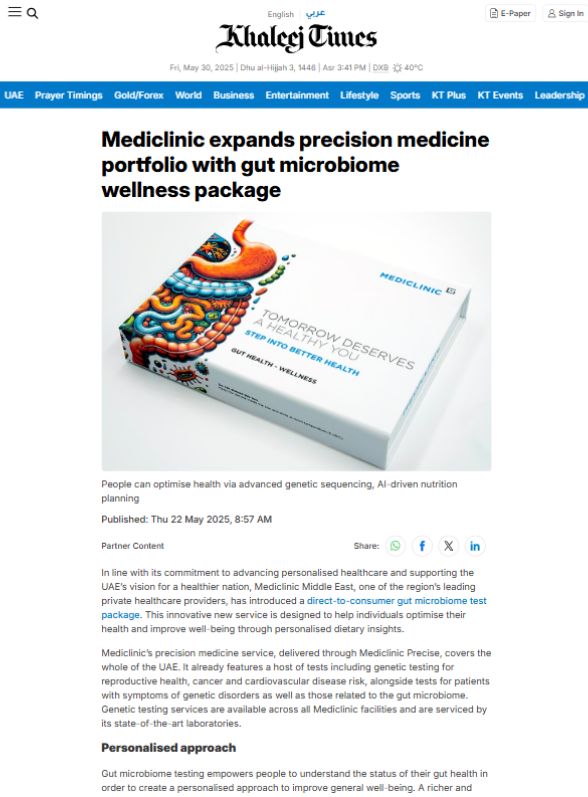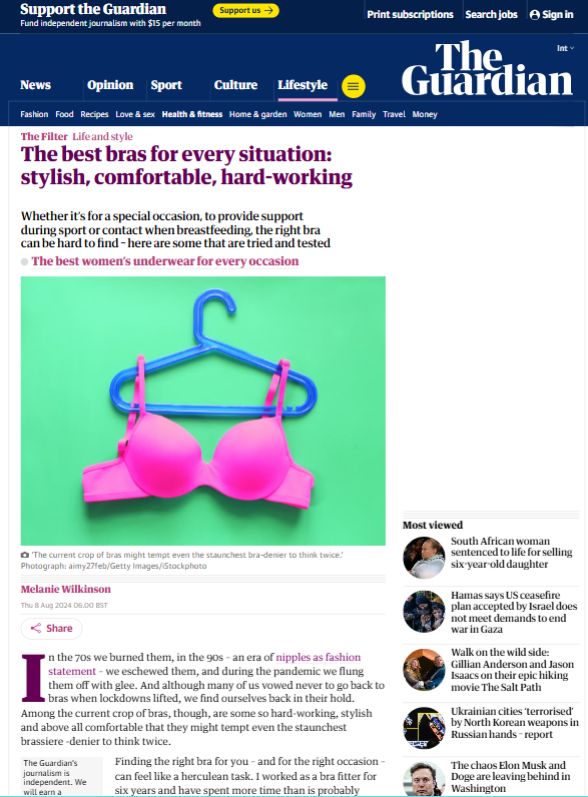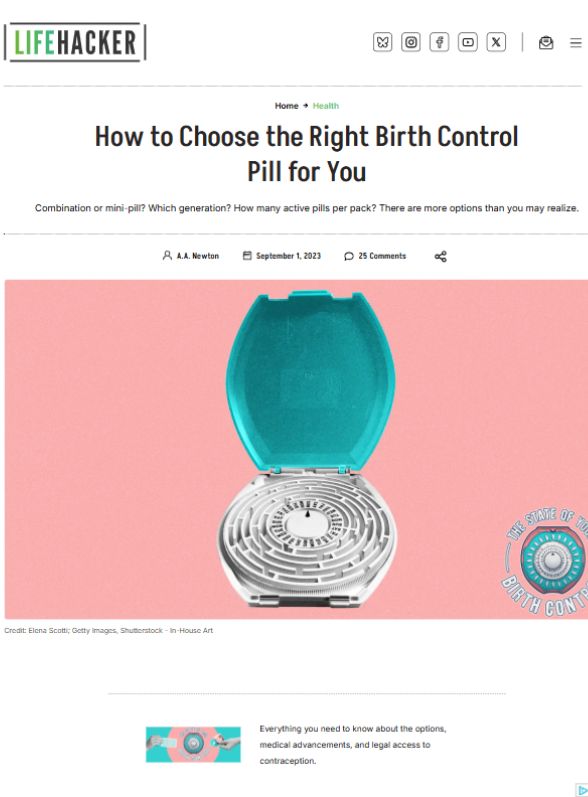In the evolving world of digital media and press communication, the credibility of a published press release is paramount. With search engines continuously refining their algorithms to deliver trustworthy and high-quality content, the integration of EEAT (Experience, Expertise, Authoritativeness, and Trustworthiness) principles into press release editorial guidelines has become not just recommended—but essential.
At IMCWire, our mission is to support businesses, entrepreneurs, and organizations in publishing impactful, authoritative, and search-optimized press releases. To do this effectively, we adhere to a strategic editorial process that aligns with EEAT values. This blog provides a comprehensive understanding of what EEAT is, why it matters in press release writing, and how following proper editorial guidelines can maximize your brand’s visibility and trust across media channels.
Table of Contents
What Is EEAT?
EEAT stands for Experience, Expertise, Authoritativeness, and Trustworthiness. It is a framework used by Google’s Search Quality Raters to assess the quality of content on websites and its ability to meet user needs. EEAT plays a critical role in determining whether a piece of content deserves to rank prominently on search engine results pages (SERPs).
1. Experience
This factor focuses on whether the content is created by someone with first-hand or life experience related to the topic. For example, a press release featuring a startup founder’s direct commentary on launching their product demonstrates experience.
2. Expertise
Expertise is about the depth of knowledge or skill shown in the content. A well-crafted press release with industry insights, supported data, and a confident tone shows the issuer has subject-matter knowledge.
3. Authoritativeness
Authority stems from the reputation of the content creator, publication, or website. When a press release includes third-party quotes, references respected institutions, or is distributed by recognized platforms like IMCWire, it gains authority.
4. Trustworthiness
This pillar underpins the others. Is the information accurate? Is the content transparent, factual, and verifiable? Are sources cited properly? Is there clear contact information and transparency about the organization issuing the release?
Together, these elements help press releases not only gain trust from journalists and media but also improve their visibility in search engines.
Why EEAT Matters in Press Release Writing
Search engines strive to serve users the most helpful, relevant, and trustworthy content. In competitive niches or sensitive industries (like finance, health, or legal), EEAT is even more critical.
Press releases serve as public statements and records. If they are factually inaccurate, written by individuals without proper experience, or come from an untrustworthy source, they can harm a brand’s credibility and reduce distribution effectiveness.
By following EEAT principles, press releases:
- Increase chances of being picked up by journalists and media outlets
- Improve SEO and visibility in Google News and SERPs
- Establish long-term brand credibility and public trust
- Reduce the risk of misinformation or editorial rejection
For brands and agencies publishing via IMCWire, understanding how EEAT ties into our editorial guidelines is the first step toward consistent PR success.
IMCWire’s Press Release Editorial Guidelines: Built Around EEAT
At IMCWire, our editorial standards are designed to ensure every published press release meets both journalistic and search engine criteria. Here’s how our guidelines reflect each EEAT component:
1. Demonstrate Experience in Your Topic
When drafting a press release, the subject must be tied to real-world experience. Whether launching a product, announcing a merger, or sharing thought leadership, it is vital to show involvement.
Tips:
- Include quotes from founders, executives, or those involved
- Reference specific events, case studies, or project outcomes
- Avoid abstract or vague claims—use concrete facts and figures
2. Showcase Expertise with Facts and Clarity
A professional press release should be more than a promotional message—it should deliver value. Writers must back up claims with verifiable data or evidence and use industry terminology accurately.
Tips:
- Include statistical data, charts, or research when appropriate
- Mention certifications, awards, or relevant achievements
- Stick to a neutral, factual tone rather than sales-heavy language
3. Establish Authoritativeness by Validating Sources
A press release gains authority when it is associated with credible organizations, partnerships, or subject-matter experts. Always identify the authority behind the announcement.
Tips:
- Name-drop partner organizations, media features, or clients
- Link to your official website, media kits, or past coverage
- Add a professional author or media contact bio at the end
4. Maintain Trustworthiness Through Transparency
Being transparent in your release builds long-term media relationships and trust with your audience. It also helps protect against misinterpretation or rejection.
Tips:
- Double-check all facts, links, and names before submission
- Include accurate contact information and company background
- Disclose affiliations, sponsorships, or disclaimers where needed
What IMCWire Editors Look for Before Publishing
Our editorial team carefully reviews each submission to ensure it complies with these EEAT-aligned standards. Here’s a behind-the-scenes look at what we evaluate:
- Headline Clarity: Is it newsworthy, clear, and free from clickbait?
- News Angle: Is there a compelling reason for journalists to care?
- Grammar and Style: Is the release free from typos, redundant phrasing, or keyword stuffing?
- Media Assets: Are images, logos, or videos relevant and high quality?
- Compliance: Does the content comply with legal standards, such as not making false medical or financial claims?
Submissions that meet these criteria are not only approved for publication but also eligible for wider syndication, increasing the ROI of every press release.
Common Pitfalls That Violate EEAT Guidelines
Even well-intentioned press releases can miss the mark if they overlook key editorial principles. Here are a few things to avoid:
- Using AI-written or generic content without personalization or insights
- Missing author bios or contact information
- Factual errors, especially in data or claims that require sources
- Overuse of promotional buzzwords or salesy language
- Inconsistent tone or structure, which can confuse journalists or readers
All content published on IMCWire undergoes manual review to flag these issues early and provide clients the opportunity to revise before distribution.
Enhancing EEAT with Supporting Content and Media
Press releases don’t exist in a vacuum. They perform better when supported by additional EEAT-aligned content:
- Include links to relevant blog posts, reports, or whitepapers
- Reference credible third-party coverage or interviews
- Embed short videos or CEO introductions to show human presence
The more connected and resourceful your content appears, the more trust it builds with both search engines and readers.
SEO and Syndication Benefits of Following EEAT and Editorial Guidelines
IMCWire works with leading media outlets, journalists, and online publications. Press releases that are optimized for EEAT and editorial quality often:
- Rank better on Google News and search engines
- Get picked up by secondary outlets and blogs
- Increase website referral traffic
- Improve domain authority through backlinks
- Enhance brand reputation over time
By following our editorial guidelines, clients gain access to wider, more effective media distribution—turning each press release into a long-term asset for their digital presence.
Final Thoughts
Publishing a press release is not just about making an announcement—it’s about establishing your voice in the public domain. In today’s digital media ecosystem, credibility is currency. By aligning your press releases with EEAT principles and adhering to IMCWire’s editorial guidelines, you increase not just your chances of publication, but your brand’s influence across search engines and news platforms.
Whether you’re a startup looking to launch, a growing brand seeking recognition, or a PR agency managing multiple campaigns, applying EEAT and editorial best practices is non-negotiable. At IMCWire, we’re committed to supporting you through this process and ensuring that every release we publish contributes to lasting trust, authority, and search visibility.
Ready to publish with confidence? Submit your next press release with IMCWire and experience the difference of an EEAT-driven distribution strategy.

